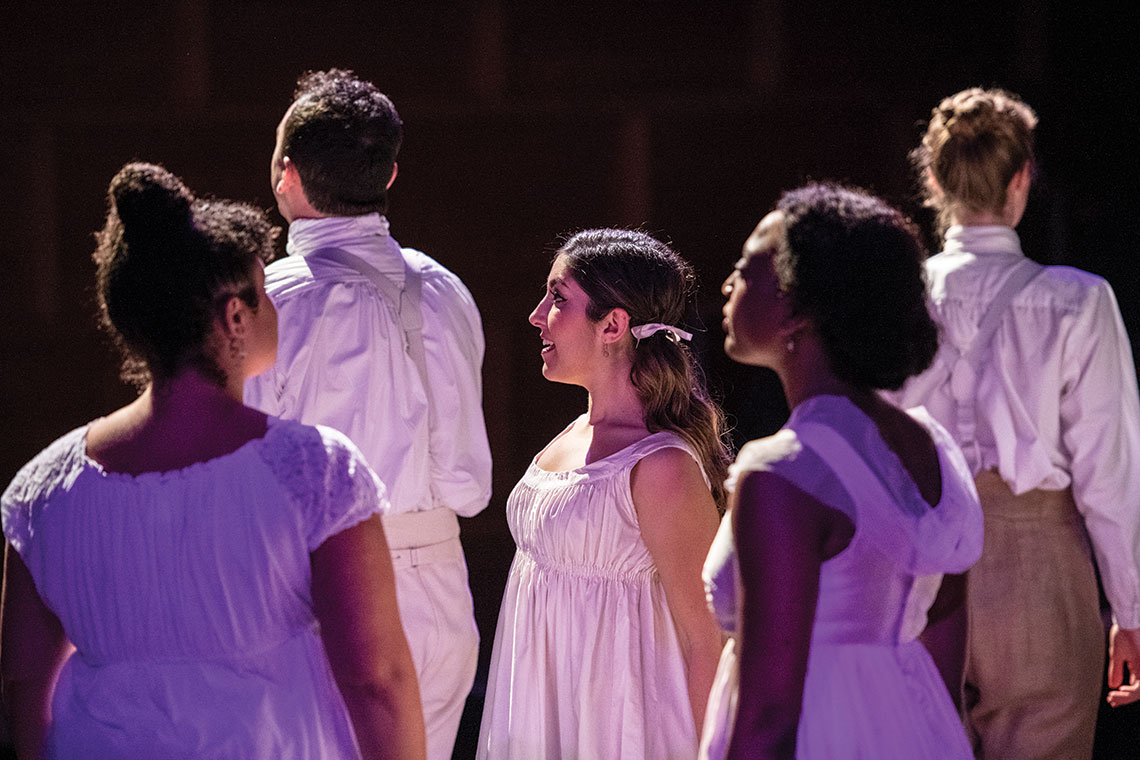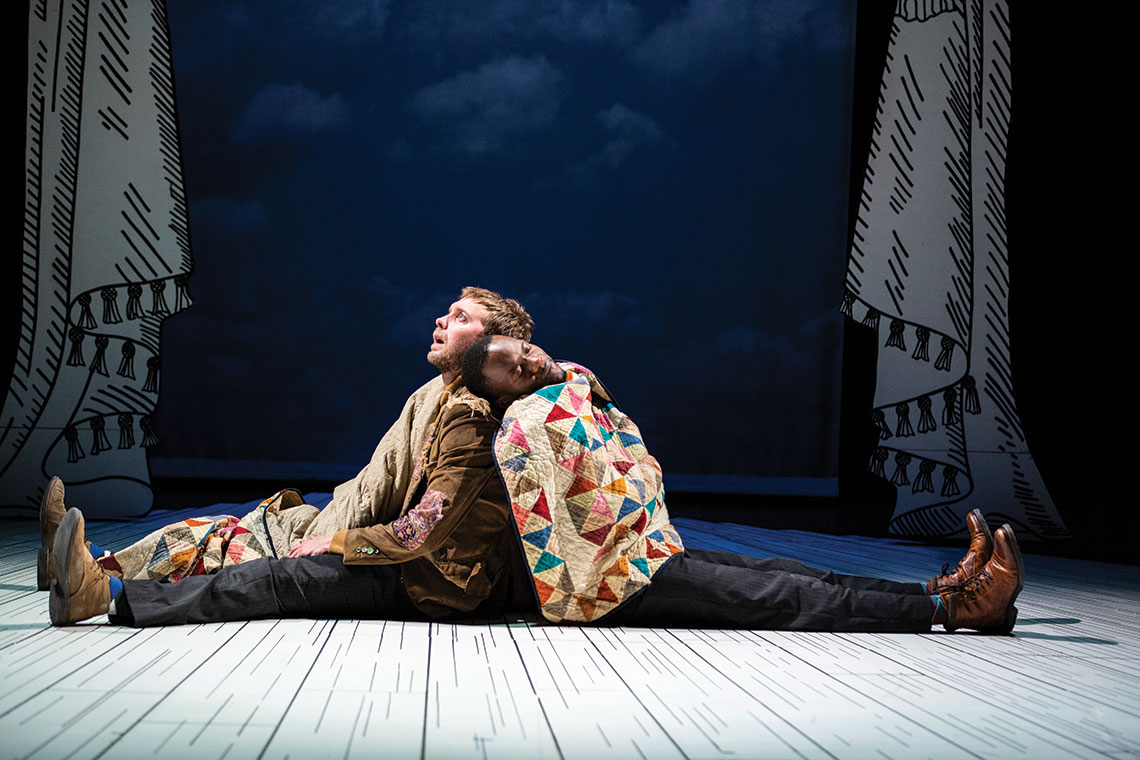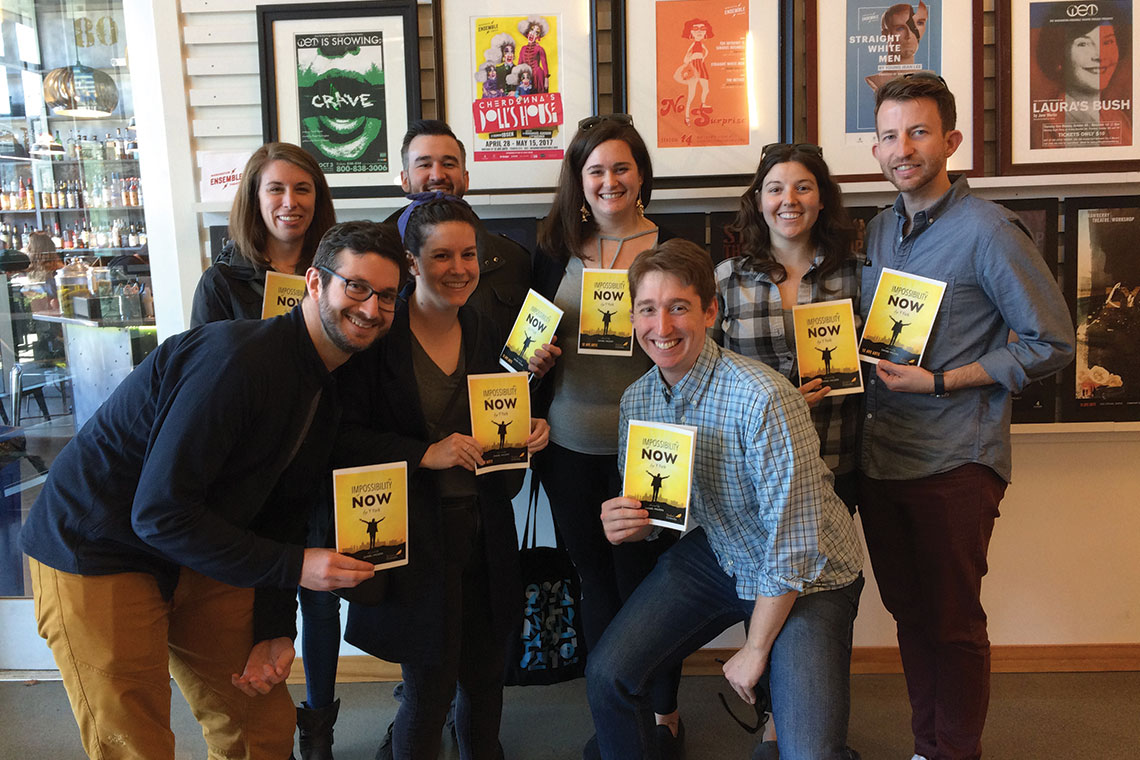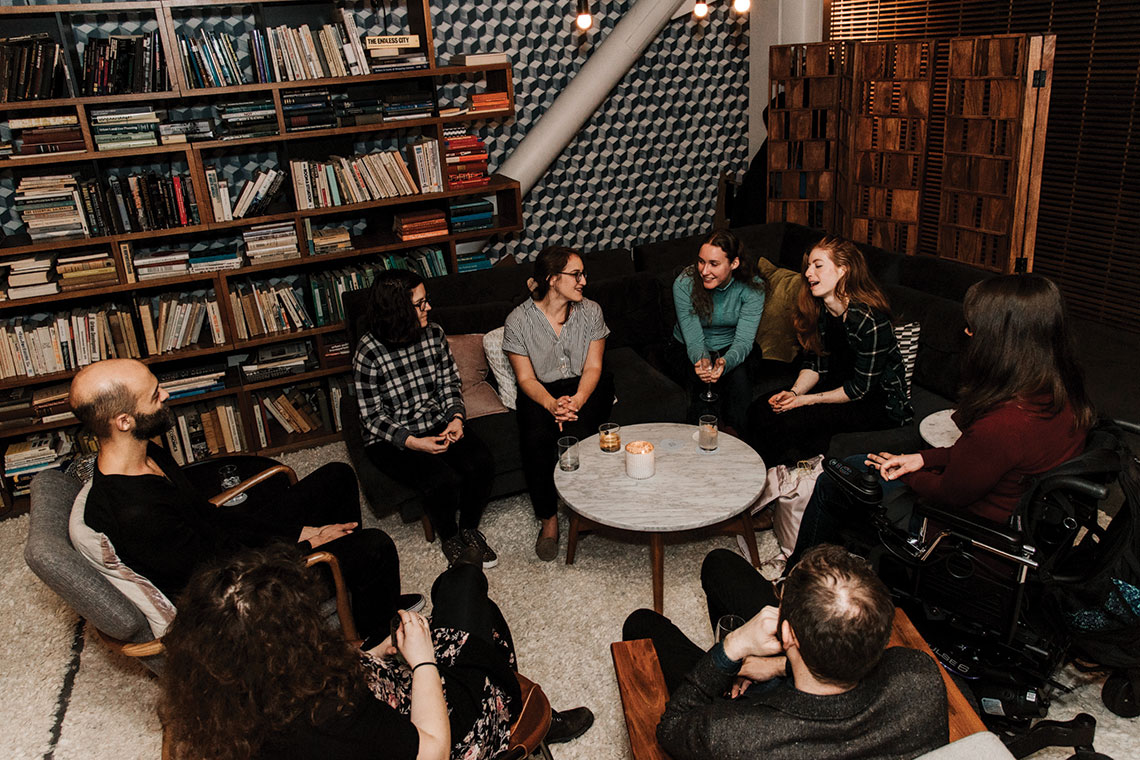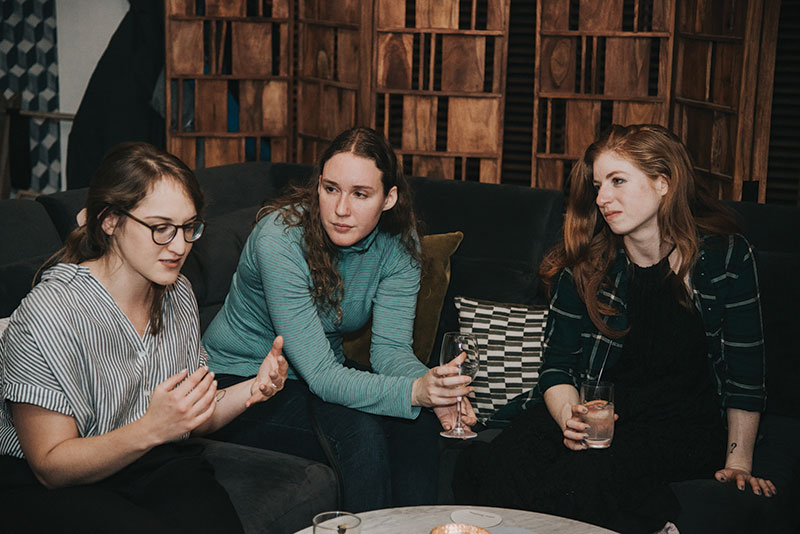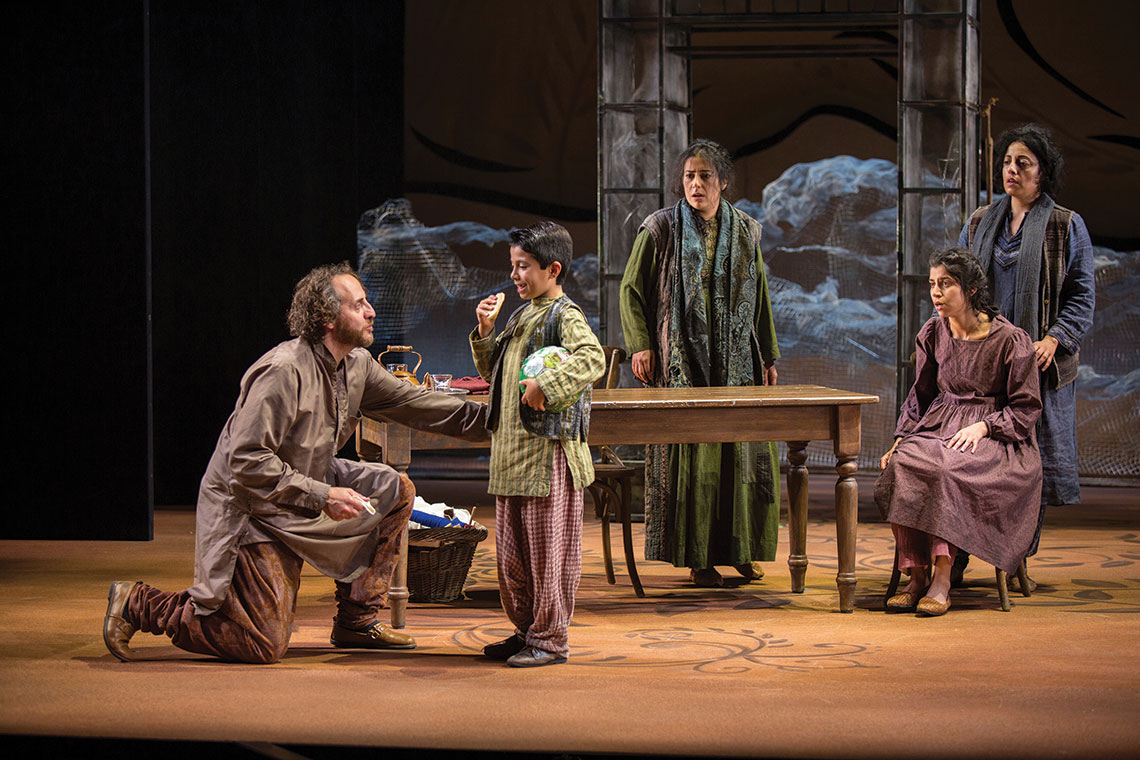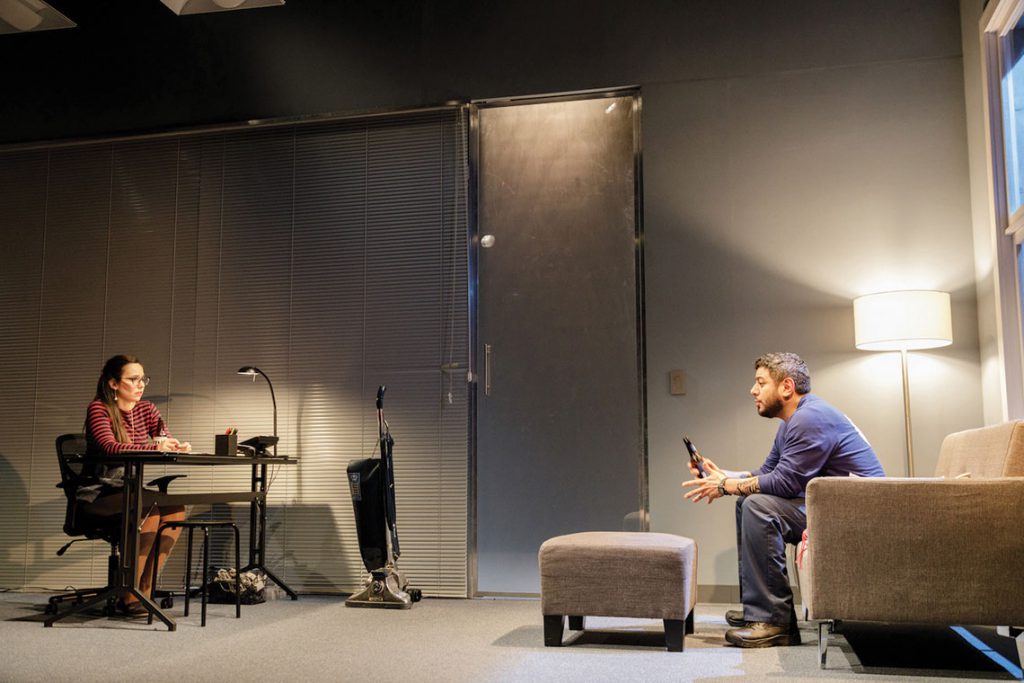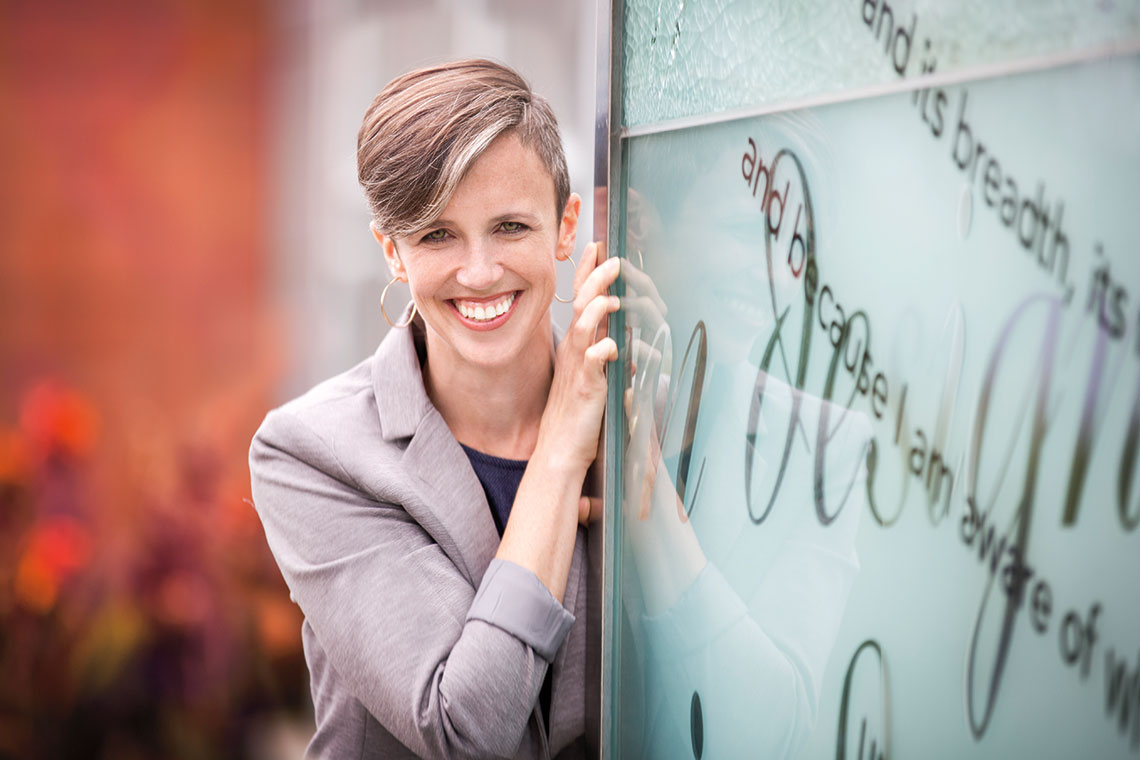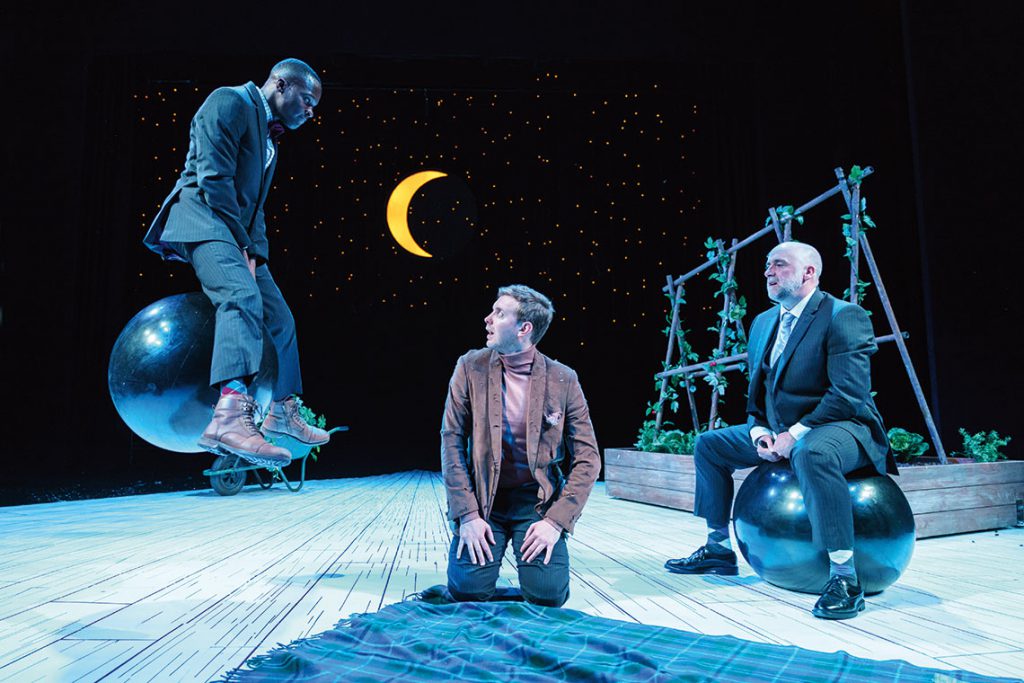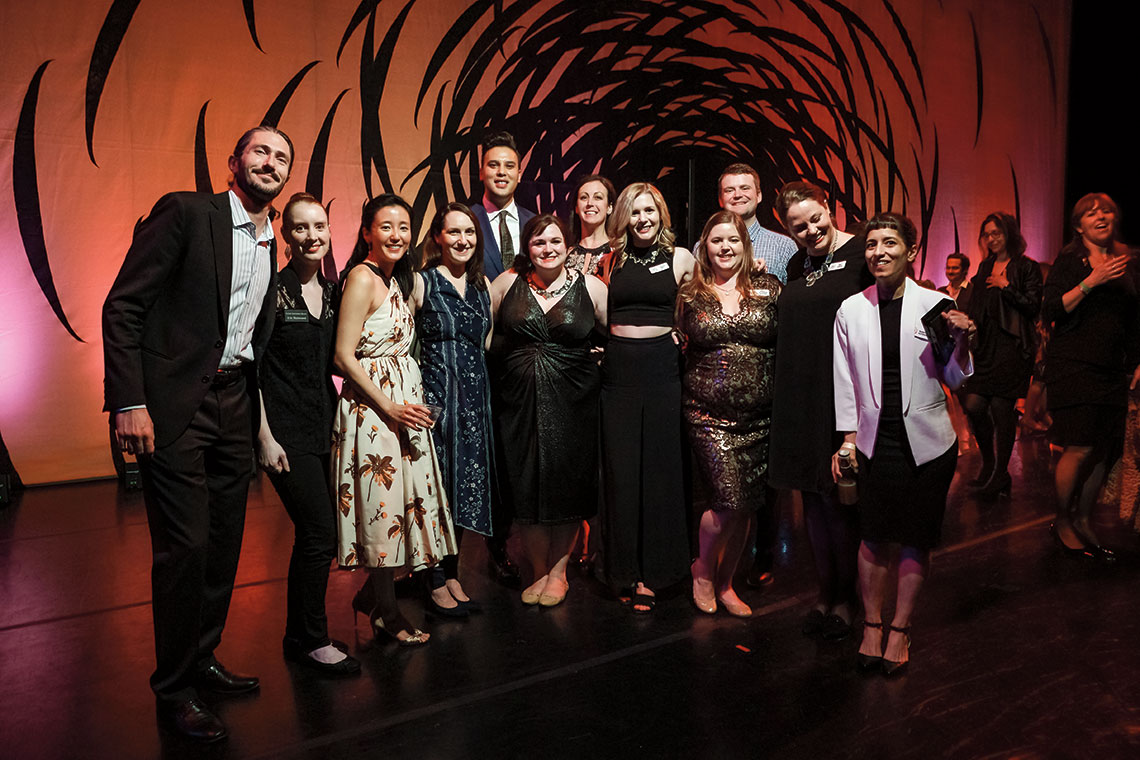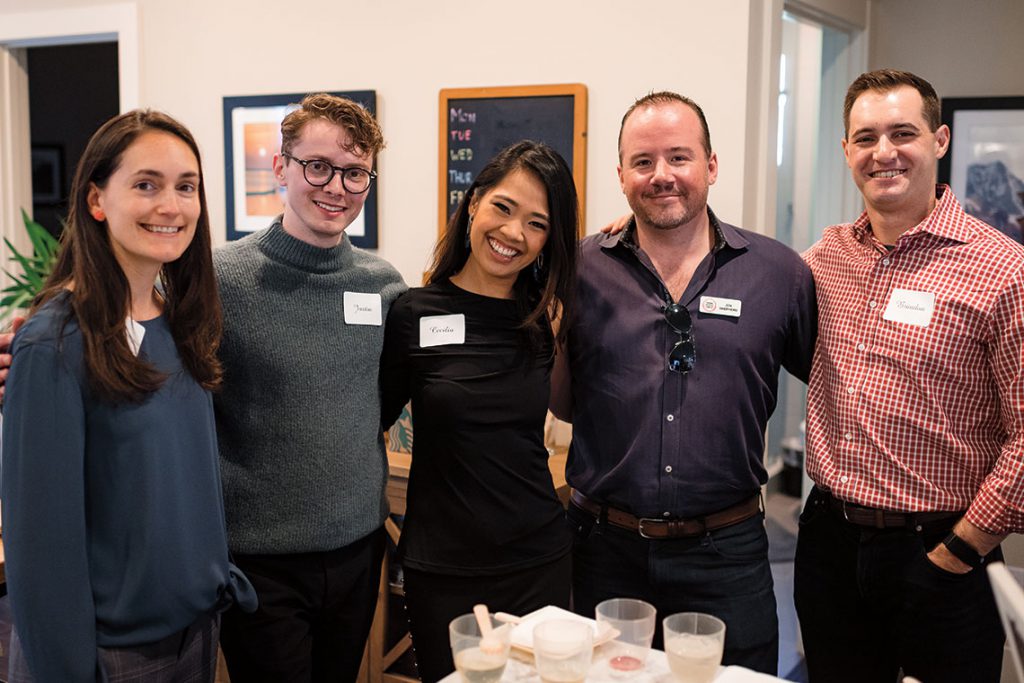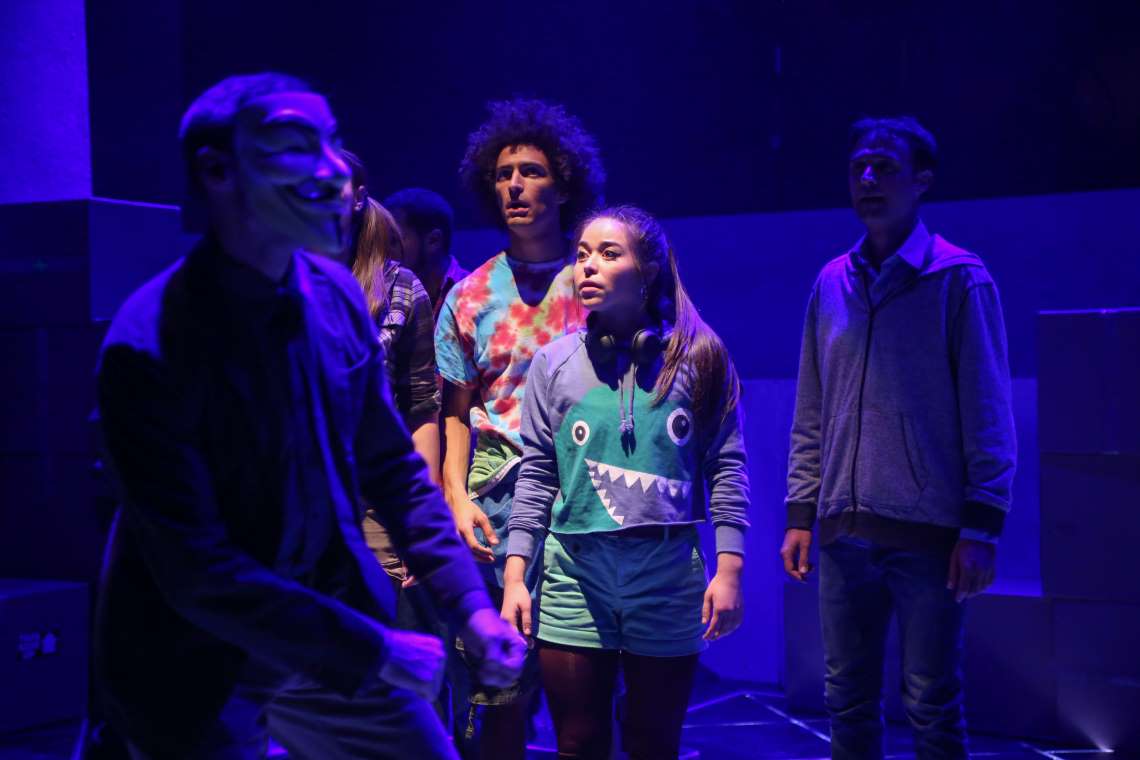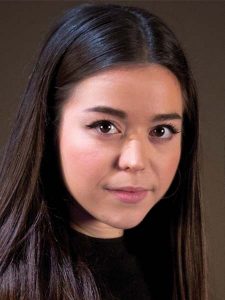Danielle Mohlman continues her exploration of equity, diversity and inclusion in Seattle’s theatre community by speaking with local artists and organizations about recent achievements and trials they have faced.
Over the last few years, equity, diversity and inclusion have become goals of theatre companies across the United States. But what does that look like in practice? We spoke with four theatres in Seattle who put these goals at the center of their practice and asked them to share their successes, aspirations and the areas they feel need improvement.
In October 2018, the Dramatists Guild and The Lilly Awards released The Count 2.0, a national census that analyzed data from six seasons of theatre, 2011 to 2017, looking at the production history of theatres of all sizes. The Count was focused on playwrights, lyricists and book writers—the content creators of the theatre—and released information that doesn’t feel all that surprising: of all the major cities surveyed, Seattle has the most room to grow. Between 2011 and 2017, only 8% of produced plays in Seattle were written by artists of color and only 24% by women.
The Count certainly has its own room to grow. It’s impossible to count every single theatre in Seattle, let alone every theatre in the country, so they created a set of guidelines to generate the most representative survey. To start, the theatre must be a non-profit with at least a decade of experience professionally producing plays or musicals. Each theatre surveyed produced at least three plays or musicals each season, with each production running longer than 21 performances. And the theatre had to be routinely reviewed, either nationally or regionally.
And while The Count didn’t release data on generative artists who identify as queer, non-binary or disabled, the statistics still feel like a challenge to theatres. A challenge to create theatre that looks more like our world.
There are national efforts to meet this challenge, like The Jubilee, a nationwide theatre festival featuring works by artists who have traditionally been excluded—including but not limited to artists of color; Native American, Indigenous and First Nations artists; women; non-binary and gender non-conforming artists; LGBTQIA2+ artists; Deaf artists; and artists with disabilities—and regional endeavors, like The Women’s Voices Theatre Festival in Washington, D.C. But what are Seattle theatres doing to meet this challenge?
At Intiman Theatre, Artistic Director Jennifer Zeyl and Executive Director Phillip Chavira are using a compact and impactful mission to guide their way. Simply put, Intiman “wrestles with American inequities.”
“It means upending the apple cart,” Zeyl said. “Change to power structures must happen from the bottom up and the top down. It means remaining open to having every aspect of your organization challenged and changed. It means empowering youth voice and centering the vision and talents of the future.”
Chavira added that wrestling with these inequities isn’t easy.
“It means talking about white supremacy,” Chavira said. “There will be tough conversations to have with your team and facing years of oppression can be challenging.”
Chavira pointed out that he’s the first executive director of color in Intiman’s 45-year history—and that equity, diversity and inclusion should extend far beyond the stage to include administration and executives as well. Chavira, who identifies as Latinx, Mexican-American and queer, moved to Seattle two years ago to take over the executive director role.

In 2018, Intiman retired their $2.7 million debt and are now operating debt-free.
“But we’re super lean,” Chavira said. “It’s time to grow our company. Our mission is flourishing and audiences want more diverse narratives on stage.”
And as they flourish, Intiman is examining how they can become more inclusive.
“We are learning constantly,” Zeyl said. “Guarding the intersection of professional theatre-making and community storytelling takes humbleness, dexterity and a willingness to throw the rule book out the window.”
Pratidhwani’s mission centers on creating performance opportunities for artists of South Asian descent. Agastya Kohli, artistic director of the organization’s Drama Wing, explained that this often materializes in producing plays with an India-centric view. But that’s not a hard and fast rule.
“We’ve produced plays written specifically with Indian characters, as well as plays that were not written for Indian actors at all,” Kohli said. “We are developing, fostering and maintaining a thriving pipeline of artists that all theatres in Seattle benefit from and can enrich their works with.”
This season, Pratidhwani partnered with both Forward Flux Productions and Theater Schmeater to co-produce A Small History of Amal, Age 7 and I and You, respectively.
“Pratidhwani is an engine that is enabling equity, diversity and inclusion not just within our footprint in performance arts, but well beyond the scope of just our productions,” Kohli said.
Pratidhwani exists to nourish and nurture the Indian community in Seattle, from both an audience and artist perspective. Kohli, who identifies as a director, producer and actor who happens to be Indian, shared that the organization doesn’t think about diversity and inclusion when programming their season.
“We are creating a space where we naturally tell stories that look ‘diverse’ to the dominant culture of Seattle,” Kohli said. “To us, these are not stories of ‘others’—these stories are not ‘different’. These are our stories. They ground us in a foreign land. They allow us to exist in two different worlds at the same time.”
Identity is at the center of Deaf Spotlight’s work as well. Patty Liang, the organization’s executive director, identifies as Deaf, feminist, Chinese-American and someone who believes strongly in giving back to her community.
“You cannot ignore the intersecting identities that make you who you are,” Liang said. “As a community member, I want to see the Deaf arts community thrive, especially women and artists of color. I want to help Deaf people succeed as professional artists without having to let go of their dreams.”
Deaf Spotlight’s mission is to showcase and celebrate Deaf culture and American Sign Language through the arts.
“Our entire organization is fluent in ASL,” Liang said. “The majority are Deaf, and represent a range of professionals and community members who believe in supporting the Deaf arts community. There is not enough visibility for Deaf artists and their contributions to the art world, and there aren’t enough professional opportunities for Deaf artists to hone their skills. We want to change that.”
In Liang’s experience, most arts organizations don’t plan for Deaf and disabled access.
“As an artist and an arts administrator, I want the ability to go to any event, any time I want, without having to struggle to request interpreters beforehand,” Liang said. “My professional and artistic growth has been stunted by the lack of options available to me. The same is true for many Deaf and disabled artists.”
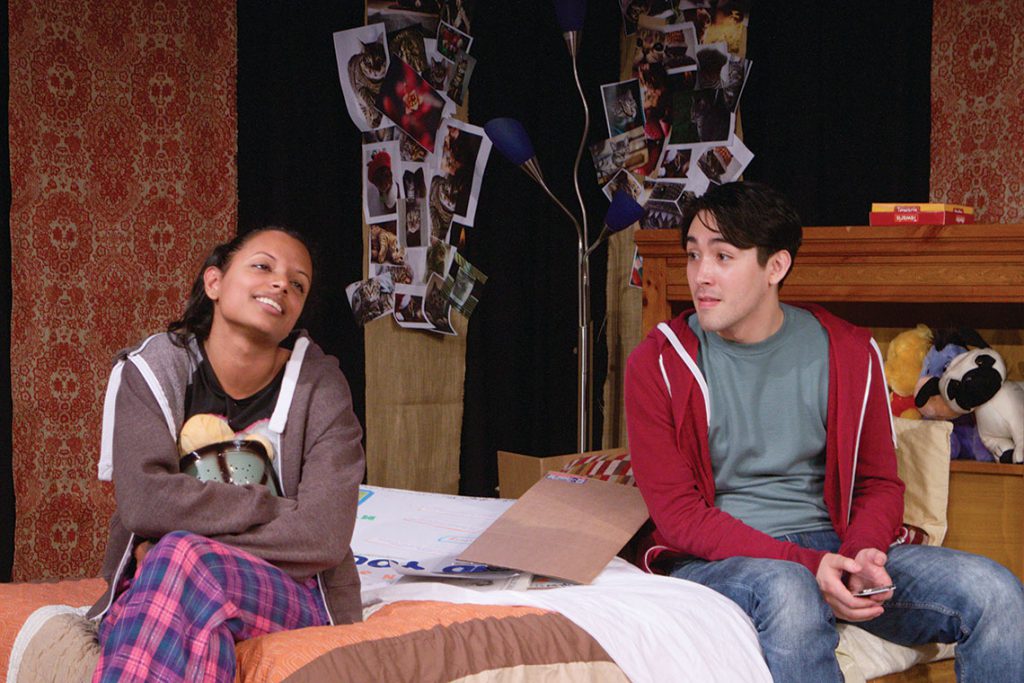
Liang understands from experience that making performances accessible takes time and resources. She challenges theatres and other arts organizations to budget for interpreting, captioning, audio descriptions and other neurodiverse and physical accommodations.
Deaf Spotlight started a short play festival to see Deaf performances, stories and experiences on stage. Kellie Martin, who identifies as both queer and Deaf and uses the pronouns “ze” and “zir,” runs the festival each year.
“I never thought I would fall in love with theatre,” Martin said. “In college, I realized that theatre is rich with depth in terms of analyzing each character’s role on the stage and the stories that made them who they are. I like to make people think. As an art advocate, I often see the potential in people from my community, and I want to help Deaf artists thrive in their creative fields.”
Martin shared that ze admires the six playwrights who were featured in the 2019 festival.
“I’m really excited for these playwrights to grow, evolve and to create even more plays with their own authentic experience—rather than having hearing playwrights write for Deaf actors,” Martin shared. “I love seeing the Deaf, hard of hearing and DeafBlind communities have a chance to share their artistic expression.”
Martin is continuing to hone zir craft, but wishes access to workshops, panels and forums was a given.
“I don’t want to feel frustrated at not having access to these types of professional development opportunities,” Martin said. “I want accessibility available without having to ask in advance, including interpreters and relevant assistive technology.”
Desdemona Chiang, a freelance director who identifies as both Chinese and American, understands that as an Asian female director working nationally, she’s in demand.
“I’m a commodity,” Chiang joked. “Right? I’m very useful. Because if someone wants to produce Shakespeare, it’s like ‘Oh! We could totally diversify our season if we have Desdemona direct Shakespeare.’ Or if ACT wants to do an Asian play. The fact of the matter is, the number of directors who work on a regional theatre level who can check off ‘Asian’ and check off ‘female’ are very few.”
Chiang walks into any meeting with a LORT (League of Resident Theatres) establishment knowing that she’s valuable because of how she presents. However, Chiang often only sees those diversity boxes checked on the one show she’s hired on.
“I think what a lot of theatres do, when they’re looking at the leading edge for diversity, is that they look at the plays they’re programming,” Chiang said. “Right? ‘We want to program writers of color.’ Or more female or non-binary writers. And from there, hopefully that opens up some opportunities for the creative team. But I think a lot of times they begin with the text. I think they do it because they have to, not because they want to.”
But that’s not the only way to make change in regional theatre.
Over the course of our conversation, Chiang brought up Mixed Blood Theatre Company in Minneapolis, a theatre Jennifer Zeyl also cited as an inspiration for her own work.
“I don’t question their motives,” Chiang said. “It’s not about inclusivity or diversity. It’s actually about justice. Jack Reuler at Mixed Blood is very concerned about justice and access. And it’s not just about the optical representation of brown bodies on stage. He’s genuinely interested in an economic justice.”
Chiang explained the theatre’s Radical Hospitality program for communities that didn’t have a way to physically get to the theatre. Reuler set up free buses for folks with transportation needs and provided free tickets for low income audience members.
“This is the tricky part when we’re talking about diversity and inclusion,” Chiang said. “We’re talking about ‘Oh, let’s just show more brown people.’ And I don’t think that’s the solution. And that’s actually pretty problematic. Because what we’re not dealing with is how it affects the injustice in our society.”
That sounds like an excellent challenge to Seattle theatres.
Danielle Mohlman is a nationally produced feminist playwright and arts journalist based in Seattle. Her play Nexus is among the 2015 Honorable Mentions on The Kilroys list. She is an alumnus of the inaugural class of Playwrights’ Arena at Arena Stage and the 2018 Umbrella Project Writers Group.
